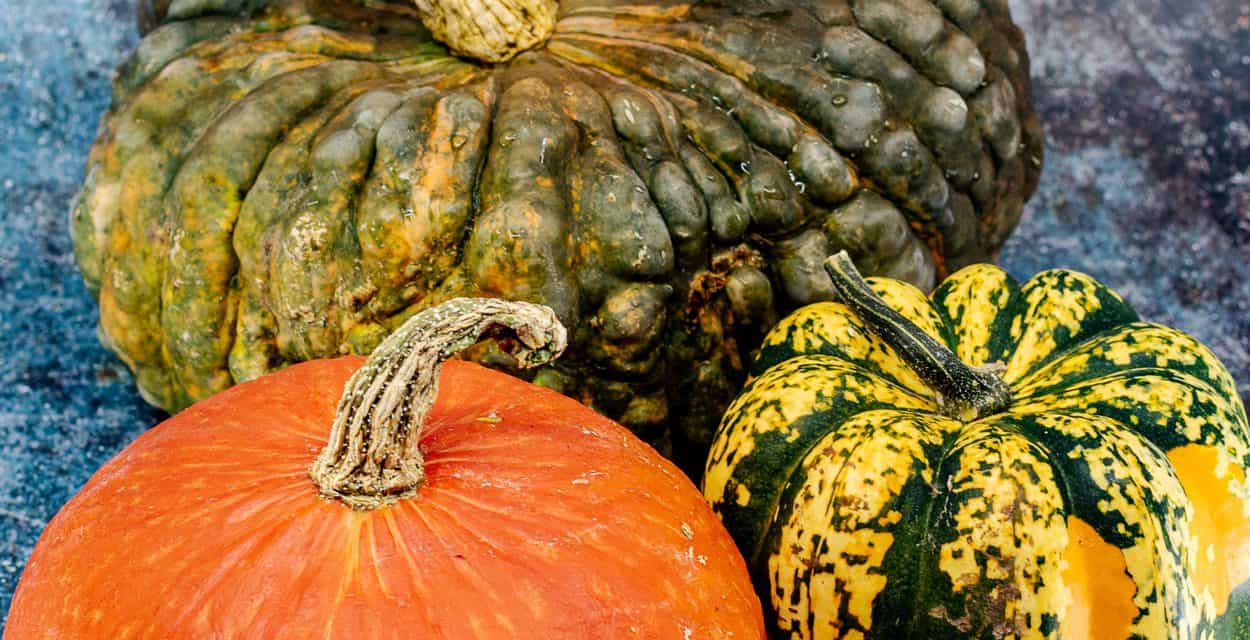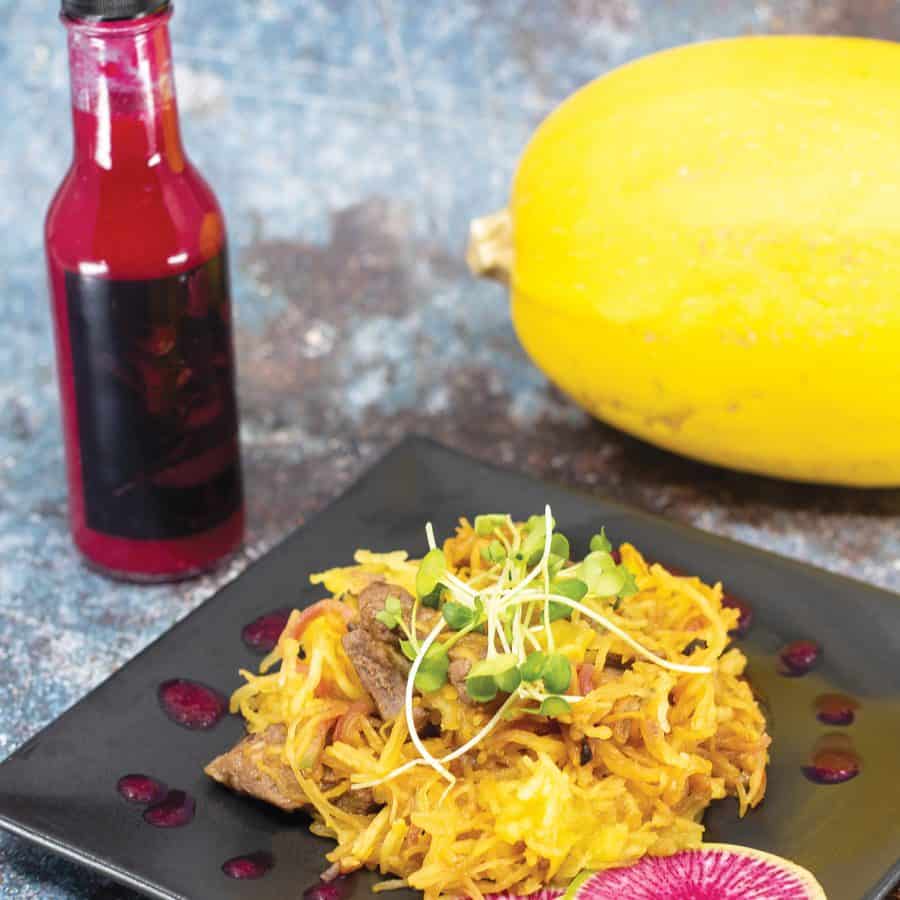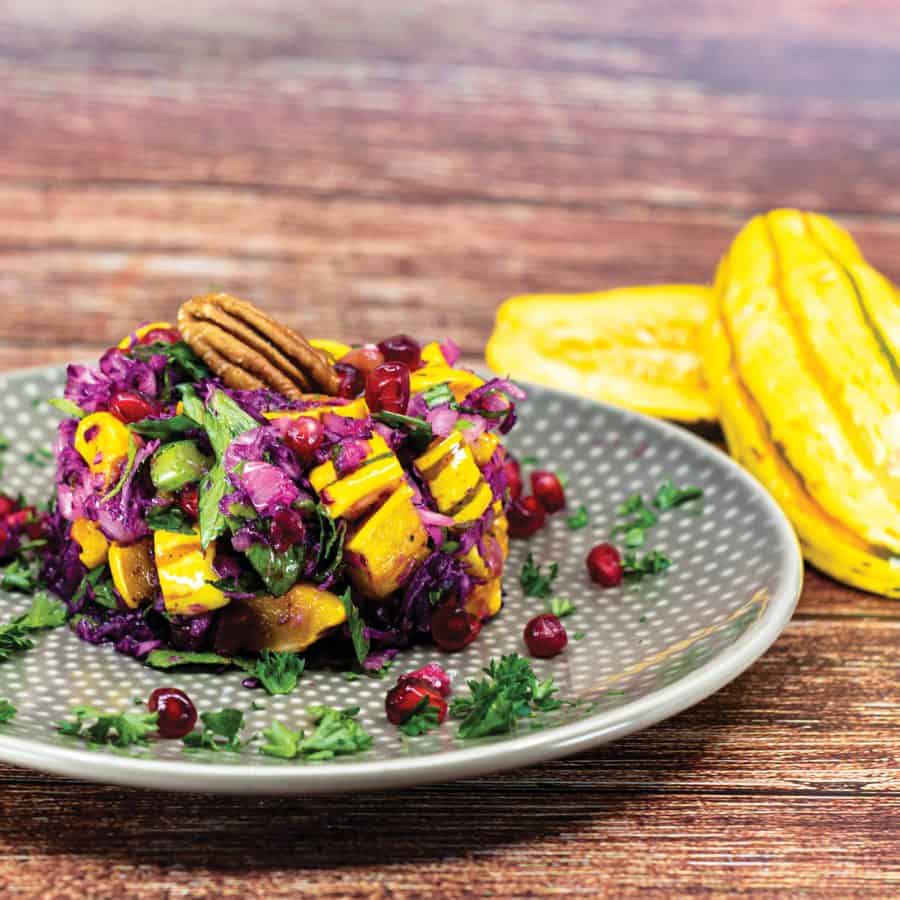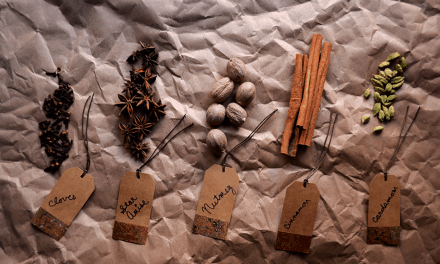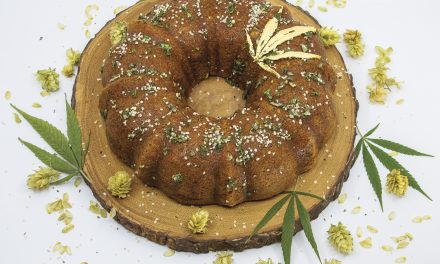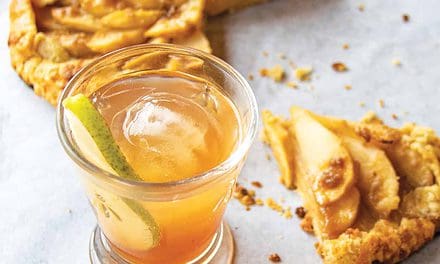
Photos by Stephanie Cameron
Hardy winter squash, harvested in the fall, will keep well through the cold winter months. Sugar pumpkins and acorn, spaghetti, and butternut squash are probably the most common types found at your local supermarket. Less common varieties, such as kabocha, delicata, and Hubbard, are worth seeking out at farmers markets and specialty markets.
Although most squash can be roasted with some olive oil, salt, and pepper and stand on its own, it can also be the base of flavorful soups, salads, pasta, baked goods, and more. Most of the squash recipes in this edition of Cooking Fresh are easy to modify with whatever squash is on hand. Naturally low in fat and calories and packed with vitamins and minerals, winter squash is a must-have kitchen staple for health-conscious home cooks.
Storing
Winter squash will last 3–6 months stored at room temperature in a dry and cool (but not cold) location. Do not refrigerate squash, as this will rapidly shorten its life.
For optimal storage, squash should be stored on a wire rack, or loosely wrapped in paper and nestled in a box without a lid and without touching other squash. Turn and check your squash about once a week while stored, keeping an eye out for any bad spots. Turning the squash also helps prevent bruising. Remove any damaged squash from storage, and use it as soon as possible.
Storage life varies by squash type and conditions, but in general, delicata and acorn squash have the shortest storage life—about 4 weeks. Spaghetti and sweet dumpling squash go a little longer—5 or 6 weeks—and butternut squash will last up to 6 months when properly stored.
Preparing and Roasting
Pro tip: Microwave squash for 2–4 minutes to make cutting easier. Cut squash in half lengthwise and scoop out the seeds; no peeling required. The seeds from all winter squash are edible, so you can save them to roast later.
For most squash, you’ll want your oven to be at 400°F, roasting it for 25–45 minutes (depending on the size of squash) until the skin and flesh easily pierce with a fork. Remember to trim off the stem; it can catch on fire in the oven.
Squash Recipes
|
|
|
|
|
|
|
|
More Recipes
- Butternut Squash Bundt Cake with Lemon + Sage + Hemp Glaze
- Cooking Tip: How to Roast a Spaghetti Squash
- Red Chile-Infused Honey Butternut Squash Tart
- Roast Butternut Squash and Sweet Potato Soup
- Candied Acorn Squash
Squash Varieties and Nutrition
Although winter squash are high in carbohydrates, they have a low glycemic index and do not cause our sugars to spike. They have a high concentration of carotenoids (beta carotene and alpha carotene) and other vitamins and minerals. Most of the winter squash varieties are also high in fiber, so they are the perfect addition to our seasonal diet.*
Delicata Squash
This particular winter squash, with its pale yellow shading, most closely resembles its summer squash relatives. The thin skin is edible but also more susceptible to bruises and rot. When cooked, delicata has an earthy flavor and a consistency similar to that of sweet potato. Nutrition: vitamin A 90%, potassium 24%, vitamin C 20%, calcium 4%, iron 4%.
Kabocha Squash (aka Japanese Squash)
Red kabocha is squat, like its green counterpart, and has faint white stripes running from top to bottom. While green kabocha is savory, red kabocha is sweeter. Nutrition: vitamin A 93%, vitamin C 19%.
Acorn Squash
This squash is native to Central and North America and has been a staple of Native American cooking for generations. When cooked, it has a slightly nutty flavor and tender texture. Nutrition: vitamin C 37%, potassium 26%, magnesium 22%, vitamin A 18%, and a good source of iron, folate, manganese, and vitamins B1 and B6.
Pumpkin
Pumpkin is a variety of squash that is native to North America. This versatile, bright orange vegetable isn’t limited to dessert; it can also make smoothies, baked goods, soups, salads, and more. Nutrition: vitamin A 245%; vitamin K 49%; vitamin C 19%; potassium 16%; copper, manganese, and riboflavin 11%; vitamin E 10%.
Butternut Squash
Butternut squash is a type of winter squash native to the Americas. It has long been utilized as a complete source of vegan protein by Native populations when paired with corn and beans—a trio referred to as the Three Sisters. Nutrition: vitamin A 457%; vitamin C 52%; manganese 18%; potassium 17%; magnesium, vitamin E, and vitamin B6 13%; thiamine, niacin, and folate 10%.
Spaghetti Squash
Spaghetti squash is a type of winter squash often used as a substitute for pasta. It has a mild, slightly sweet flavor that’s perfect with olive oil and tomato-based sauces. Nutrition: vitamin C 9%, manganese 8%, vitamin B6 8%, niacin 6%, potassium 5%.
*Nutrition information is drawn from the USDA and based on daily value for a 2,000-calorie diet and 1 cup of squash.
Edible celebrates New Mexico's food culture, season by season. We believe that knowing where our food comes from is a powerful thing. With our high-quality, aesthetically pleasing and informative publication, we inspire readers to support and celebrate the growers, producers, chefs, beverage and food artisans, and other food professionals in our community.

